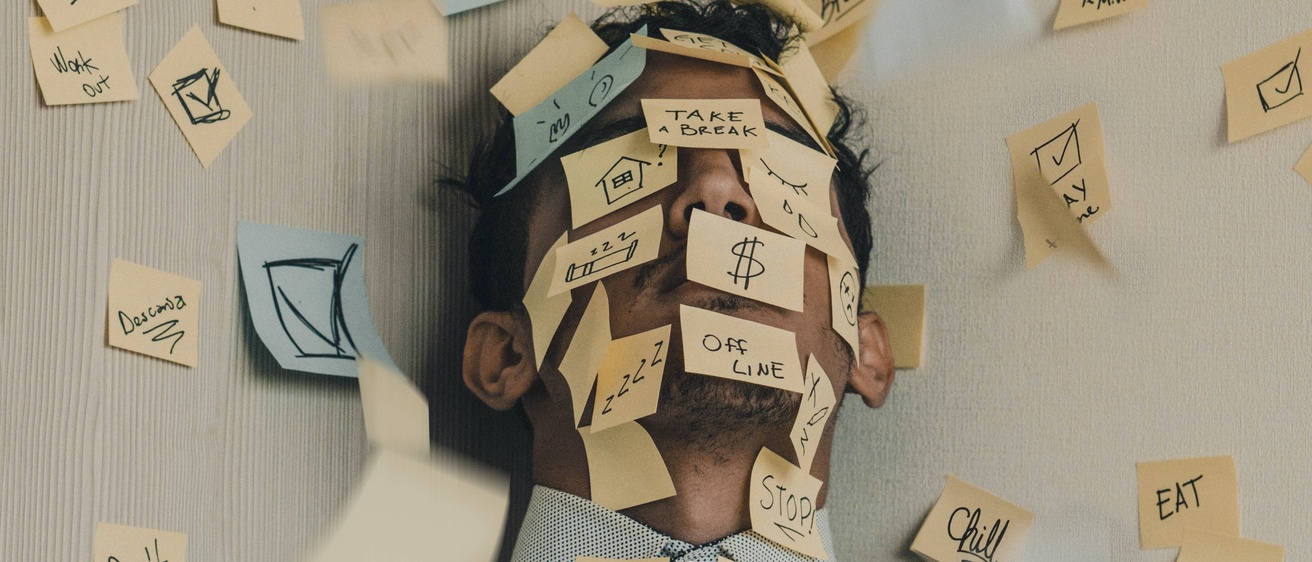When I first set out to study burnout more than a decade ago, I had only an academic understanding of what this looked like. Post-pandemic, and amid personal, professional, and societal pressures, burnout is part of our collective consciousness. From education to health care, law, and law enforcement—to name just a few professions—organizations and professionals are coming to terms with burnout as a real occupational risk. It is perhaps not a coincidence that the World Health Organization (WHO) recently recognized burnout as a serious factor that impacts our health and drives our seeking of a range of health services.
It is important to note that burnout is not an end result, but more of a gradual process that stems from unmitigated workplace stress. Increased workload, limited resources, lack of support, and lack of control in one’s job are identified as common culprits. These experiences initially lead us to feel emotionally exhausted, and subsequently attempt to mentally distance ourselves from our jobs. Cynicism might creep in, along with a feeling of infectiveness or reduced sense of accomplishment in one’s job. Beyond emotional affects, burnout can negatively affect our sleep, leave us vulnerable to illness, and feeling physically and mentally depleted. And, it can be contagious, which further highlights the importance of developing prevention and mitigation strategies.
Like many others whose jobs include working closely with students or patients, in addition to attending to personal and family matters, I had to navigate returning to work post-pandemic with a renewed sense of prioritizing my personal and occupational well-being. Although being a burnout researcher has equipped me with knowledge of evidence-based strategies for staving off burnout, in order for those strategies to really be effective, it requires reflection and commitment from both professionals and organizations. But because burnout does not happen overnight, taking action is not only possible, but can be especially empowering.
Here are some strategies that can be effective in staving off burnout:
1) Build in opportunities for reflective practice in your job. This can include simply noting how your work experiences are going, taking stock of the enjoyable aspects, setting meaningful goals, and identifying specific concerns or challenges you are experiencing. Regular meetings with your supervisor can help create space for enhanced awareness and attention to work experiences, and early identification of resources to help meet your needs.
2) Openly seek support. If you are experiencing consistent work stress, beyond monitoring that experience, it is important to speak up. Support from colleagues and supervisors serves a protective function and can be especially meaningful in moments of stress. Working together to come up with solutions can be an empowering experience. Friends and loved ones can also provide an important buffer during difficult work experiences.
3) Prioritize your well-being. This might mean taking steps to improve your eating, movement, or sleep practices, making time to unwind, giving more time and energy to deepening personal relationships, or supercharging your coping skills through practicing mindfulness and other stress-reduction practices.
4) Recognize when you need more help. Seeking professional support for creating a personalized wellness plan that addresses your physical, emotional, and occupational health can be especially helpful. Employee assistance programs (EAP) can provide a range of services, from mental health support to stress management, physical well-being, financial services, and organizational consultation.
Although these strategies reflect effective methods to prevent and address early stages of burnout, it is important to remember that burnout can be a deeply individual experience. This is not simply because of the characteristics of one’s job and organization, but personal ones as well. For example, we know that women not only experience a pay gap in their jobs, but also higher rates of exhaustion and burnout. For women and professionals with underrepresented identities, experiences of harassment, microaggressions, and inequity in the workplace can complicate mitigation efforts. Addressing systemic issues is of critical importance in establishing positive and supportive work environments.
As the saying goes, it takes a village, but enacting your own personal and professional safety netwill protect not just your job, but ultimately your health.
Cover image by Luis Villasmil.
